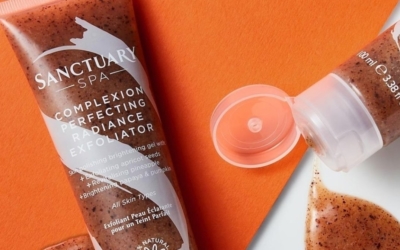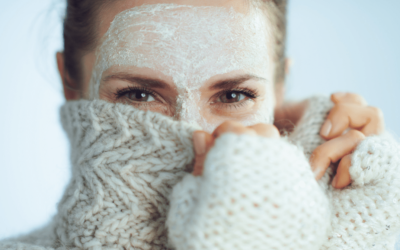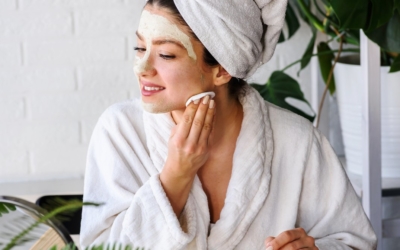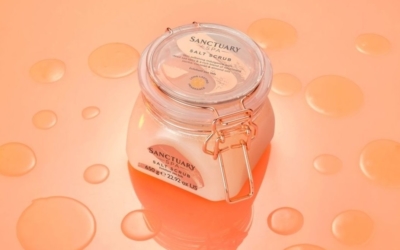Want to learn how to know your skin type and how different skin types affect your skincare routine? Take our skin type tests and learn how to identify and treat dry, oily, combination, normal and sensitive skin.
Skin Type Test: How To Know Your Skin Type

Taking a skin type test is a great way to determine your skin type. With two to choose from, you can pick the one that works best for you, or even try both!
Blotting paper skin type test
The blotting paper test is one of the best ways to determine your skin type.
- Step 1: Gently pat a piece of blotting paper on the forehead, nose, cheeks and chin. Use a different sheet of paper for each part of the face.
- Step 2: Hold the sheets up to the light.
- Step 3: Study the results – If there is relatively little oil across all of the parts of the face tested, you have dry skin. If you find more oil on the forehead and nose area, you have normal or combination skin. If all the tests are saturated in oil, you have oily skin.
Bare-faced skin type test
Alternatively (or additionally), try the bare-faced test:
- Step 1: Cleanse the face with a mild cleanser and gently dry. Use no other skincare products, e.g. serums and moisturisers.
- Step 2: Leave for 30 minutes.
- Step 3: After 30 minutes check your results. If your nose and forehead are shiny, you have normal or combination skin. If there is a shine to your cheeks and chin too, you have oily skin. If your skin feels tight, you have dry skin.
1. Dry Skin Type
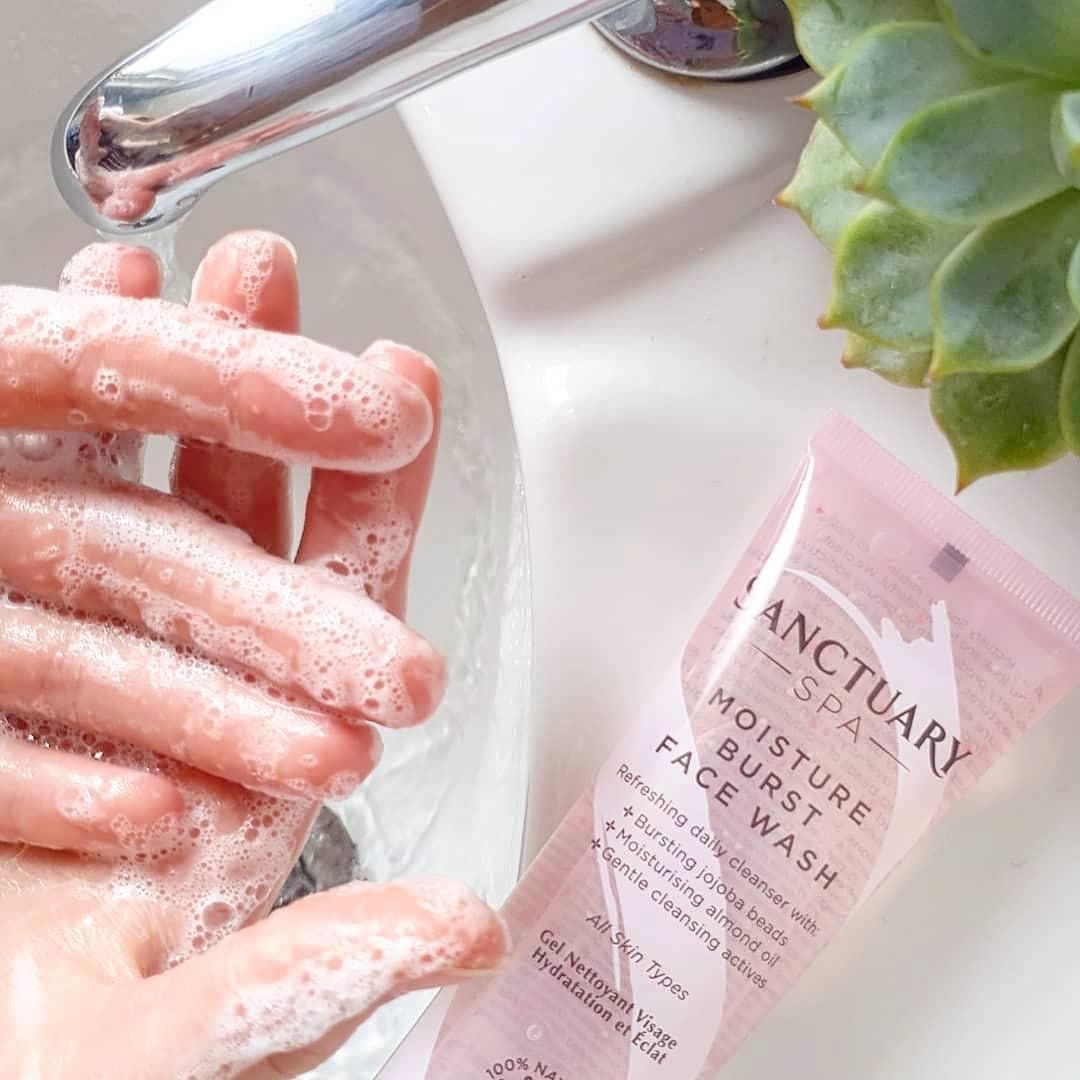
@sanctuaryspa on Instagram
Characteristics of dry skin
The main features of dry skin are:
- Skin that feels tight, particularly when you smile.
- Itchy, rough or irritated skin.
- Skin that is sensitive to temperature changes.
How to get rid of dry skin on face
- Hydrate regularly – hydration is key for healthy skin, so always have a water bottle to hand.
- Look for hydrating ingredients – Jojoba and Almond Oil are excellent ingredients to look for in a moisturiser for dry skin.
- Moisturising face washes – some face washes strip away natural oils and dry out the skin. Try a hydrating cleanser for dry skin, like the Sanctuary Spa Moisture Burst Facial Wash.
- Hyaluronic Acid – Hyaluronic Acid binds to water molecules to leave skin looking hydrated and dewy. Try our Supercharged Hyaluronic Face and Neck Crème for a nourishing moisture boost.
,
2. Oily Skin Type
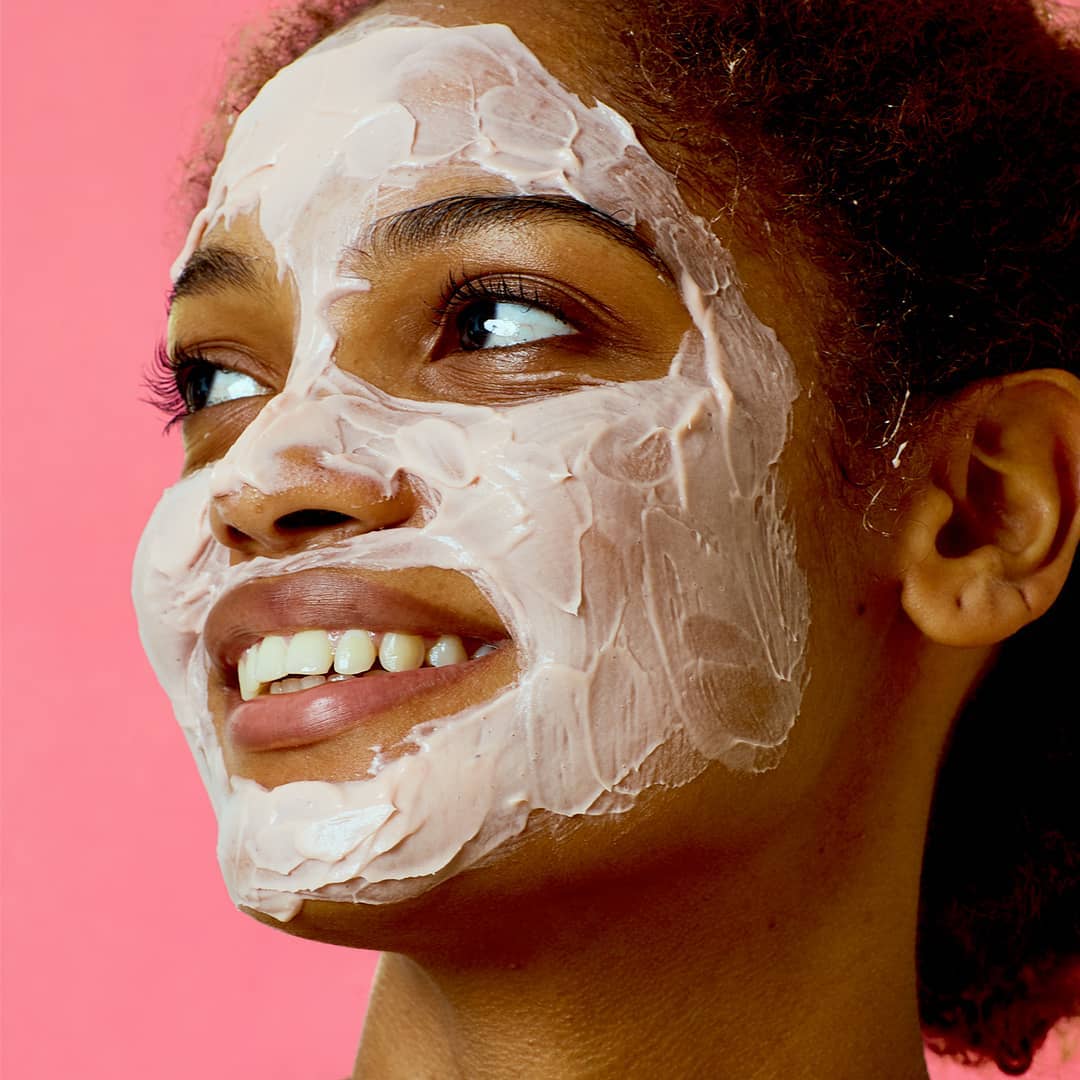
@sanctuaryspa on Instagram
Characteristics of oily skin
Typical characteristics of oily skin include:
- An oily T-zone. The T-zone is the ‘T’-shaped section made up by your forehead and nose.
- Congested and blocked pores.
How to get rid of oily skin
- Exfoliate regularly – This unblocks pores and rebalances the skin. We recommend the Sanctuary Spa Complexion Perfecting Radiance Exfoliator, it works wonders on oily skin.
- Use toner morning and night – the best toner for oily skin boasts exfoliating ingredients (like Glycolic or Salicylic Acid) to cleanse pores. Sanctuary Spa Daily Radiance Glow Tonic is a great option, it gently exfoliates pores to remove blemish-causing buildups of sebum.
,
3. Combination Skin Type
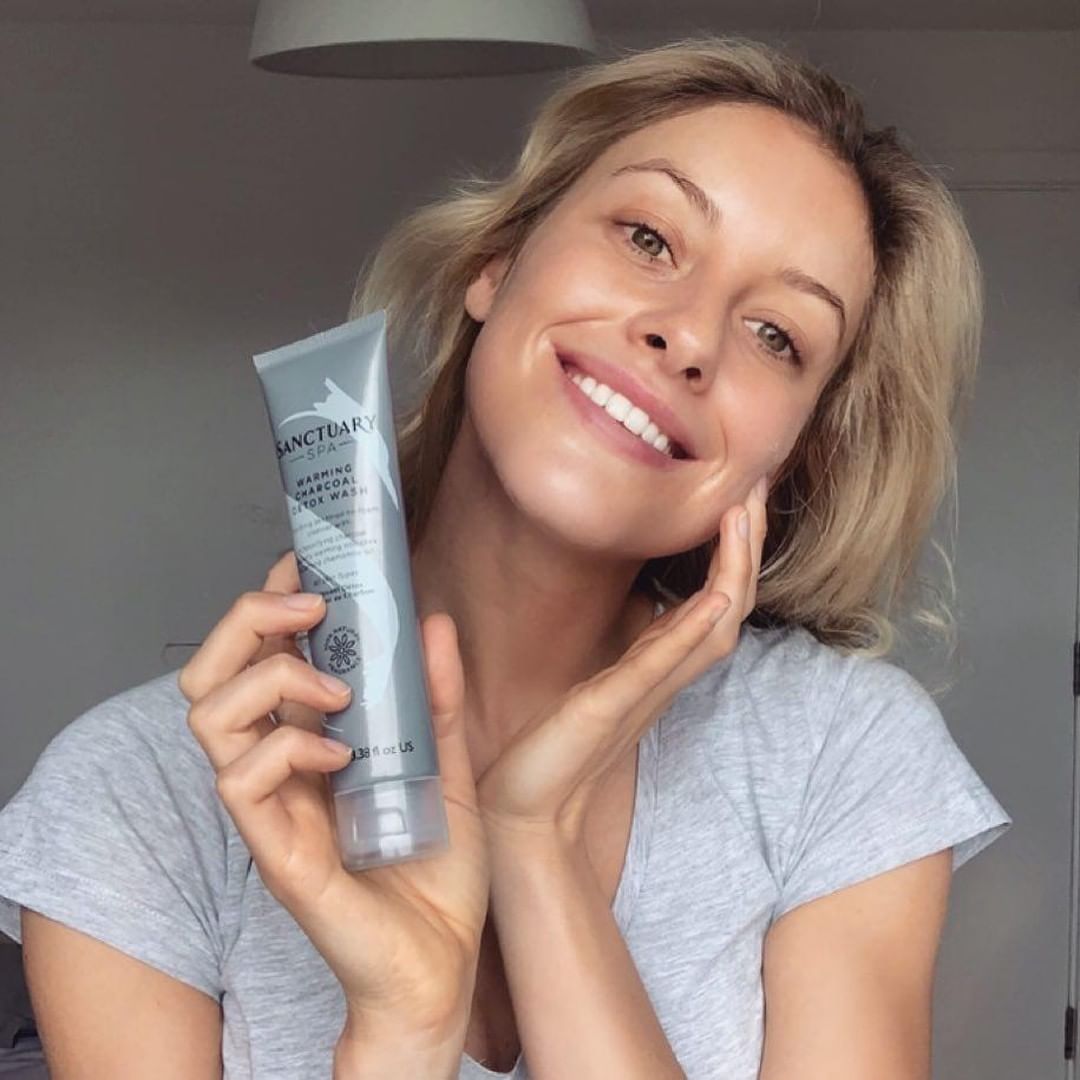
@saskiatopp via @sanctuaryspa on Instagram
Characteristics of combination skin
The characteristics of combination skin are a hybrid of those seen in oily and dry skin types, typically an oily T-zone and dry cheeks and chin.
Combination skin care tips
- Tailor your skincare routine – As you have different levels of moisture on different parts of the face, you may have to use different products on oily areas and dry spots.
- Try a charcoal mask on oily areas – The perfect face mask for oily skin, our 5 Minute Thermal Charcoal Detox Mask draws out impurities and cleans pores while removing excess oils.
- Use a hydrating mask on dry areas – Our Glacial Splash Hydrating Face Mask is a great face mask for dry skin. It hydrates deeply with Ice Cap Water and Alpine Minerals.
,
4. Normal Skin Type

@thelayoverlife_ via @sanctuaryspa on Instagram
Characteristics of normal skin
As many people have dry, oily, sensitive or combination skin as they do “normal” skin. Rather than being normal in the sense that it’s the most common skin type, it’s normal because the skin is well-balanced.
The main characteristics of normal skin are:
- Skin that’s neither particularly oily nor dry
- Fine pores that don’t produce large amounts of excess oil.
- Generally blemish-free
Normal skin tips
Normal skin is generally low maintenance and problem-free. Maintain a regular skincare routine of cleansing, toning, moisturising and using SPF protection to keep skin radiant.
5. Sensitive Skin Type

@sanctuaryspa on Instagram
Characteristics of sensitive skin
What is sensitive skin? Sensitive skin often reacts to certain products or environmental conditions. Common signs of sensitive skin include redness and irritation.
How to treat sensitive skin
- Dry gently – Pat skin dry after cleansing instead of rubbing.
- Be pollution-aware – Pollution can affect sensitive skin. Take precautions or try to avoid high-levels of pollution if you can.
- Special ingredients – There’s a wide range of products tailored to those with sensitive skin. It’s a good idea to avoid skincare products including parabens, synthetic fragrances and mineral oils as these can all upset sensitive skin.
Now that we’ve explained how to know your skin type, why not try a skin type test for yourself? Find the best skincare products for every skin type at Sanctuary Spa and create your perfect skincare routine, whether you have oily, dry, normal or combination skin.

Your Skincare Routine Steps Explained
Your simple 3-step skincare routine for a healthy, radiant glow.
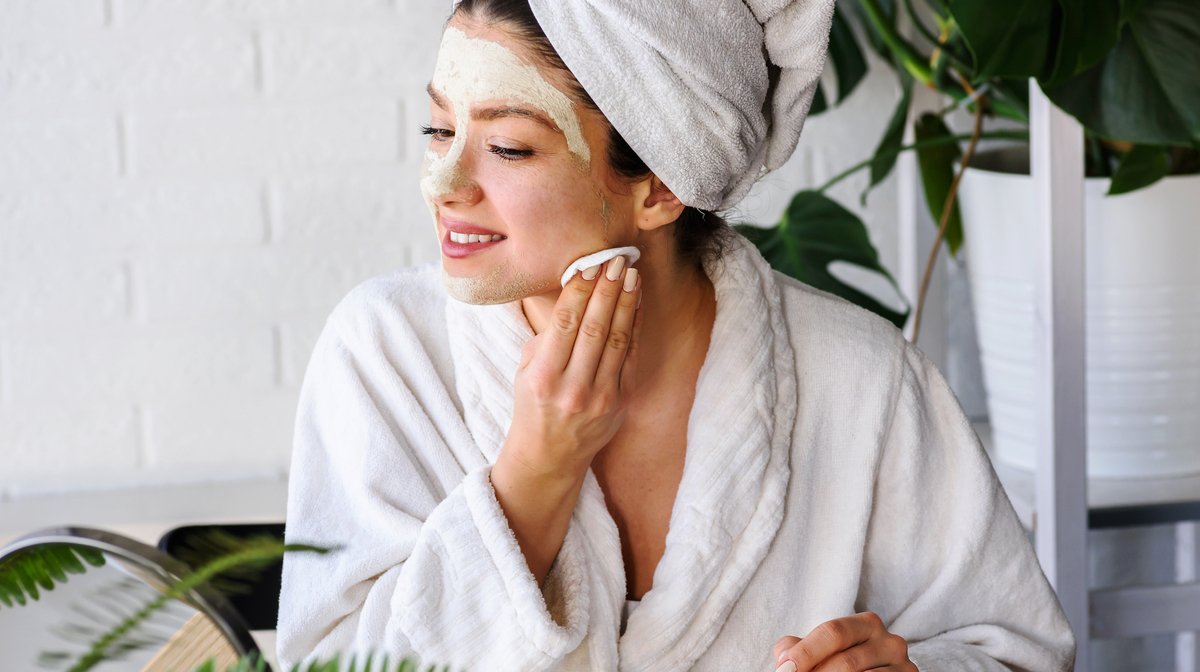
A Simple Skincare Routine For Oily Skin
We explain how to get rid of oily skin with a simple 5-step regimen.
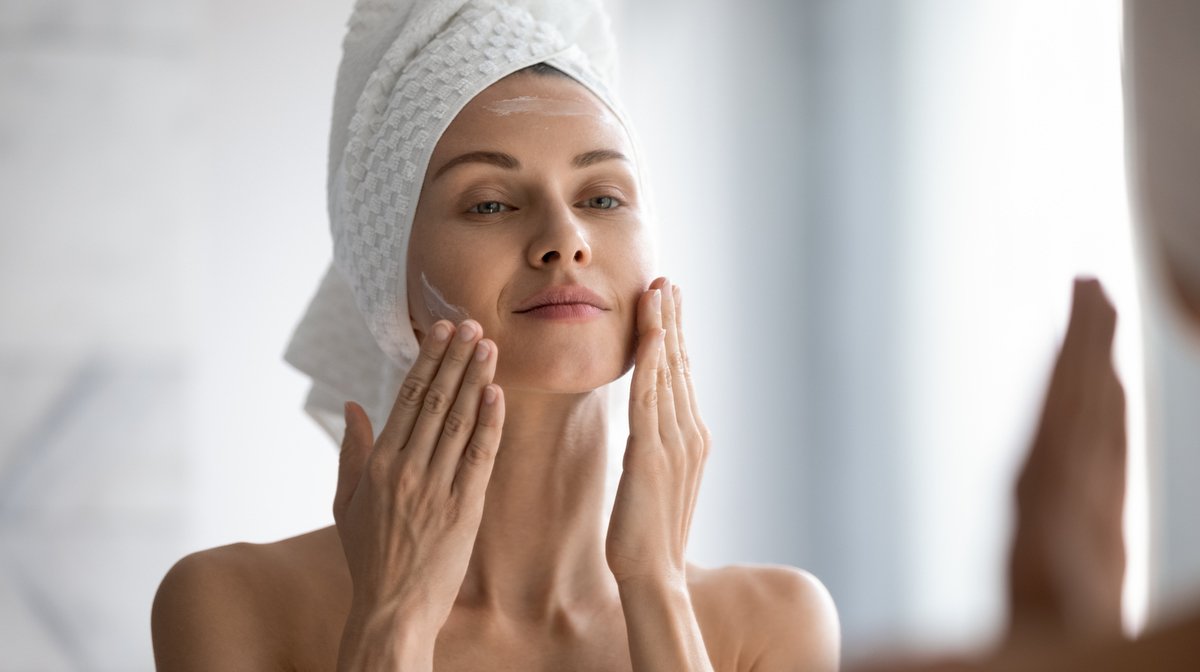
A Simple Skincare Routine For Dry Skin
Discover what causes dry skin and how to treat dry skin on face with our simple routine.

A Simple Skincare Routine For Combination Skin
Struggling with combination skin? Flaunt a healthy, balanced complexion with this routine.


